Do you want to improve customer outcomes?
This article reveals 10 CRM best practices to boost customer satisfaction and drive sales growth. Find out how to refine your CRM strategy with effective, actionable tips.
Takeaways
- Setting clear, specific, and measurable CRM goals using the SMART criteria is crucial for aligning CRM efforts with broader business objectives and achieving long-term success.
- Choosing the right CRM software involves assessing features, costs, scalability, and integration capabilities to meet the specific needs of your business, whether small, mid-sized, or large enterprises.
- Effective CRM strategies require continuous customization, thorough team training, regular use of analytics, and interdepartmental collaboration to improve customer experience and drive business growth.
1. Define Clear CRM Goals
Clearly defined, specific, and actionable goals are the bedrock of a successful CRM strategy. Without a clear direction, even the most powerful CRM software can fall short of its potential.
It’s essential to set specific and measurable CRM goals to streamline business processes and spur sales growth.
One effective framework for setting these goals is the SMART criteria. SMART goals are:
- Specific
- Measurable
- Achievable
- Relevant
- Timely
For instance, a goal to “increase customer retention by 10% over the next six months” is much more actionable and trackable than a vague aim to “improve customer loyalty.”
Aligning CRM goals with broader business objectives ensures that every effort contributes to the overall growth and success of the company.
Common CRM goals often include driving more sales, improving customer retention, and reducing customer acquisition costs (CAC).
For instance, many organizations primarily aim to enhance sales by zeroing in on the most qualified leads, a goal achievable through efficient lead scoring models.

A well-defined CRM goal should aim to:
- Create an excellent customer experience
- Maintain an excellent customer experience
- Forge robust, enduring relationships with customers
- Deliver personalized and well-planned customer interactions
- Build strong relationships and loyalty
Setting clear CRM goals is not just a best practice—it’s a fundamental step towards achieving long-term success.
2. Select the Right CRM Software
Selecting the right CRM software is akin to choosing the right vehicle for a long journey. It must be reliable, feature-rich, and scalable to meet your business’s evolving needs.
The initial step in this process involves assessing different customer relationship management software options, considering their features, costs, and scalability.
One critical decision is whether to opt for a cloud-based or on-premise CRM system. Cloud-based CRM systems offer cost-effective scalability, cross-platform compatibility, and remote access, making them a popular choice for businesses of all sizes. On the other hand, on-premise systems may be preferable for businesses with specific security or customization requirements.
Before making a purchase, it’s vital to rank your CRM requirements according to their importance. Here are some steps to follow:
- Identify must-have features, such as customer data management and marketing automation.
- Determine important and beneficial features that would enhance your CRM experience.
- Take advantage of free trials to test the usability and fit of the CRM software for your specific needs.
By following these steps, you can make an informed decision when choosing a CRM software.
For smaller enterprises, the cost-effectiveness and potential for future growth are pivotal considerations.
Mid-sized companies may benefit from CRM solutions with sales force automation features to relieve time and resource pressures.
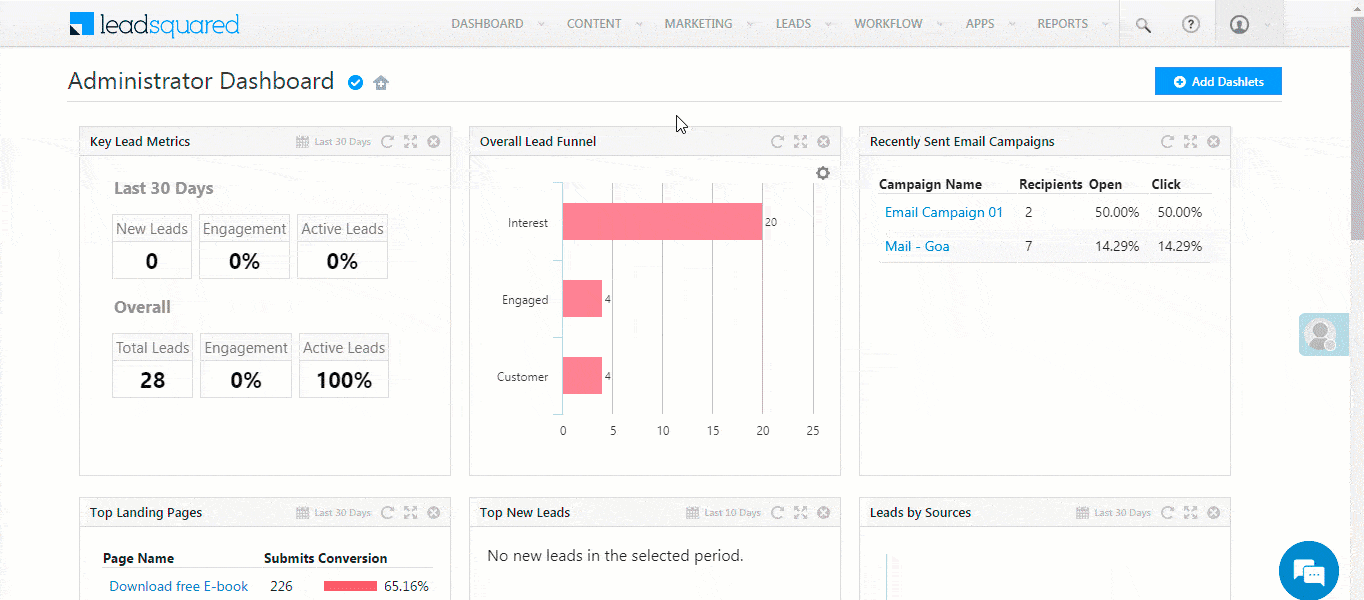
Large companies might need advanced CRM systems to meet the complex needs of multiple departments and ensure seamless integration across business processes.
Ultimately, selecting the right CRM software is a crucial step towards effective customer relationship management.
3. Customize Your CRM System
A one-size-fits-all approach rarely works in CRM. Tailoring your CRM system to match your specific business needs can help you tap into its full potential. Customization allows teams to derive more value from day-to-day customer relationship management tasks, making the system more intuitive and effective.
CRM customization is not a one-time activity but a continuous process. As your business evolves, so should your CRM system. This may involve building a custom system from scratch or tweaking existing functionalities to better meet unique business demands.
During the CRM implementation, it’s crucial to follow CRM best practices. Open-source CRMs like Suite CRM, Odoo CRM, OroCRM, and YetiForce are particularly conducive to customization, as their source code is accessible for modifications.
Integrating your CRM with other essential business applications can further enhance operational efficiency and data accuracy.
Such integration averts data silos and provides a consolidated view of customer information, critical for delivering bespoke customer experiences.
A well-formulated CRM strategy should outline how the system will be used to interact with customers across all touchpoints, ensuring consistent and personalized engagement.
Ultimately, customizing your CRM system ensures that it evolves alongside your business, providing the flexibility and functionality needed to stay competitive in today’s dynamic market.
4. Implement Effective Data Management
Efficient data management forms the crux of any triumphant CRM strategy. Establishing clear guidelines and standards for CRM data management helps maintain data integrity, prevent fragmentation, and enable data-driven decision-making.
A standardized data management process ensures that all team members use the system consistently and efficiently.
Data entry is a critical aspect of data management. Ensuring accurate and complete data entry from the outset can save time and resources in the long run. Validating and enriching new lead data as it comes in can prevent future issues and enhance the quality of your CRM database.
Routine data audits and cleansing are imperative to uphold data integrity. Performing consistent data reviews helps identify and correct inaccuracies, ensuring that your CRM database remains up-to-date and relevant.
Clear data standards, such as specific formats for addresses and phone numbers, can help maintain a valid and organized CRM database.
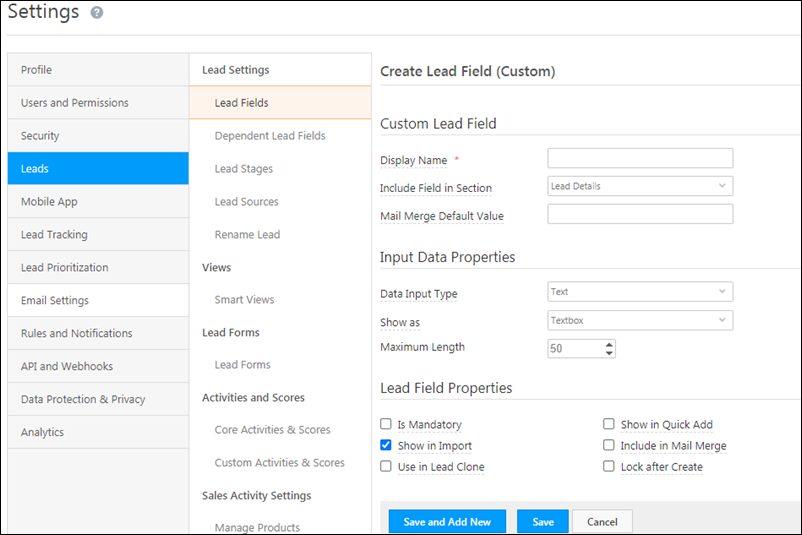
5. Automate Repetitive Tasks
Automation is a game-changer in CRM, allowing businesses to streamline processes, reduce human errors, and enhance overall profitability. Automating repetitive tasks such as data entry, lead scoring, and sales forecasting can significantly boost efficiency and accuracy.
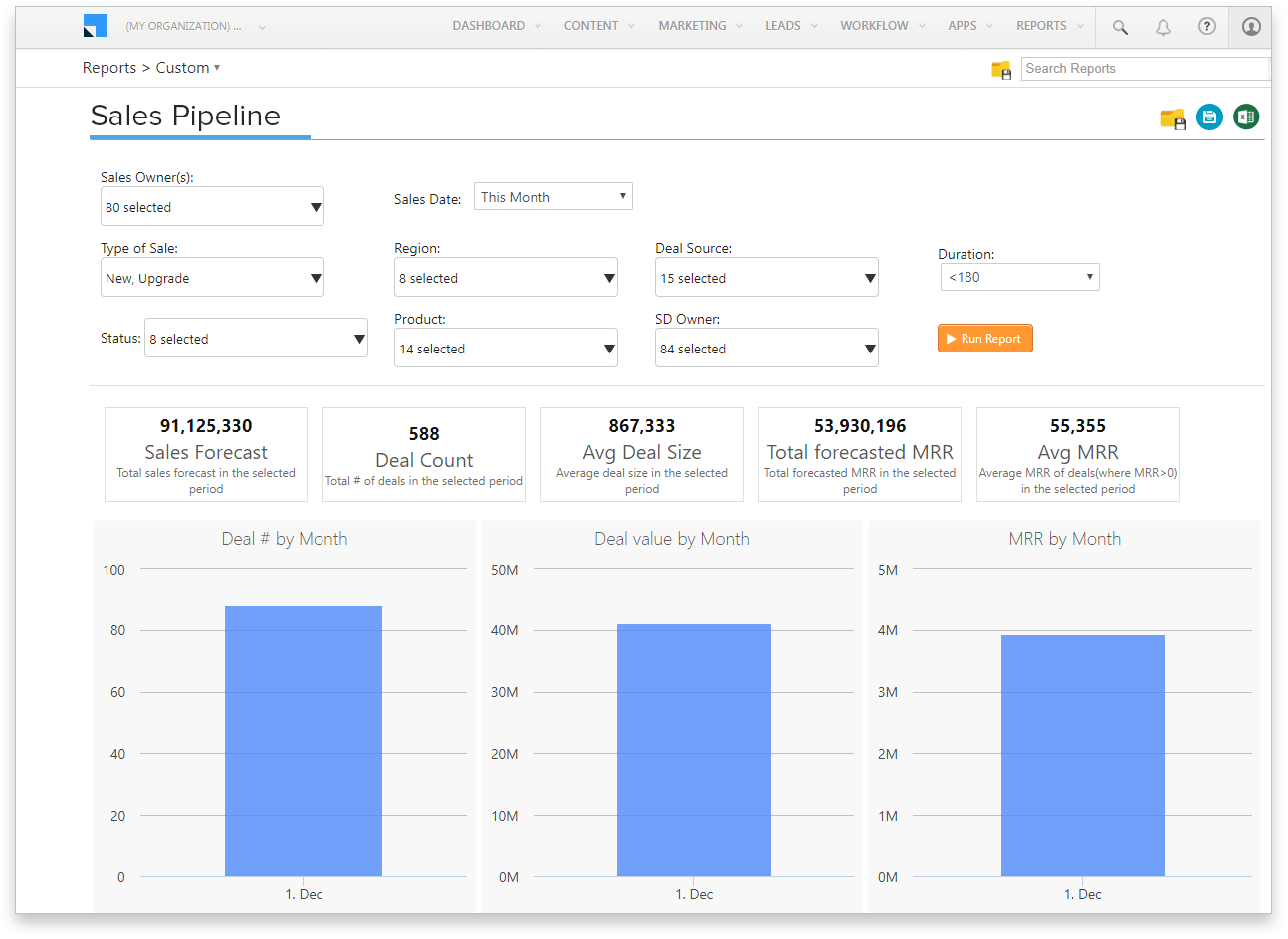
One of the main advantages of CRM automation is it keeps the sales team aligned and focused. Automating task creation and reminders for sales reps ensures that no follow-up falls through the cracks, allowing them to focus more on strategizing deals.
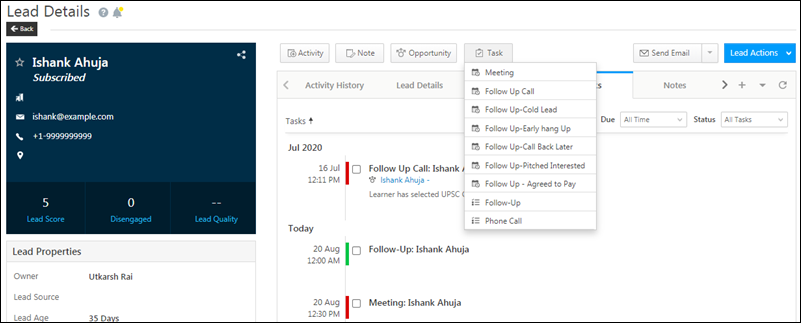
Additionally, automated lead nurturing can send personalized email sequences based on a lead’s interests and behavior, keeping the company top-of-mind until they’re ready to convert.
Marketing automation is another critical component of CRM strategies, handling repetitive tasks within marketing campaigns.
For example, CRM automation can trigger post-sales surveys to gather feedback after key milestones, providing valuable insights into customer satisfaction and areas for improvement. Automated workflows can also streamline business processes, ensuring timely and consistent customer interactions.
Examples of CRM tools that offer robust automation features include LeadSquared and Salesforce. By leveraging CRM automation, businesses can enhance operational efficiency and deliver a superior customer experience.
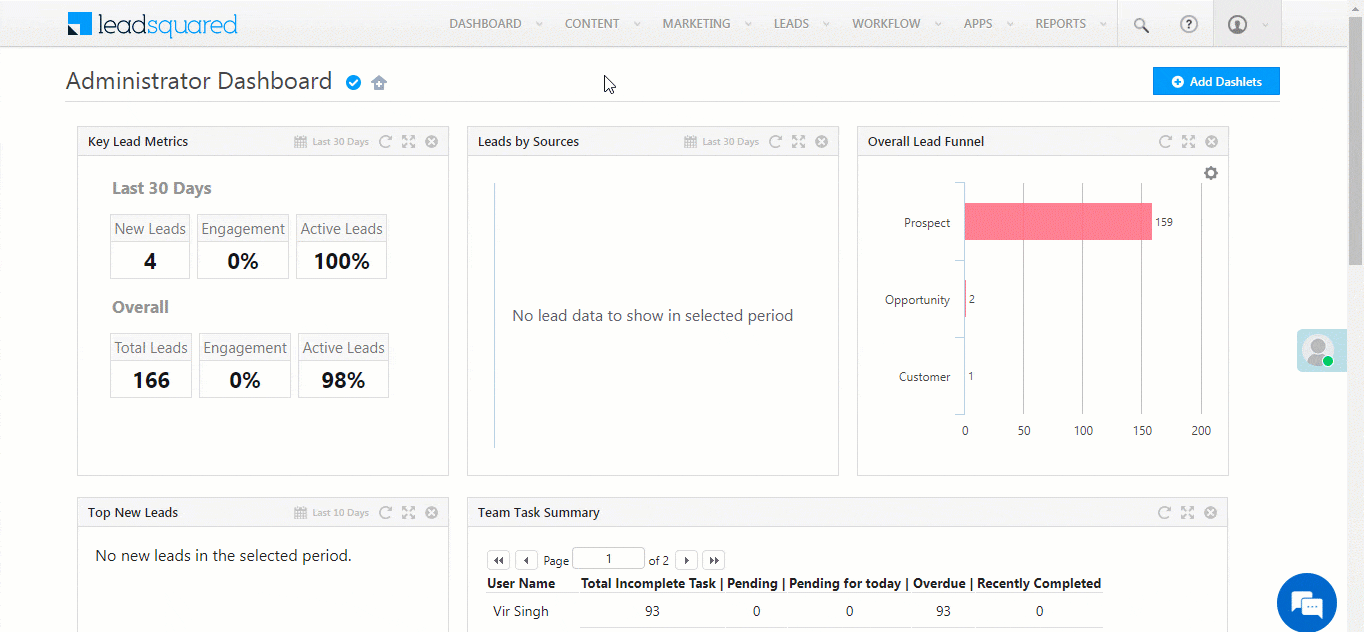
6. Train Your Team Thoroughly
In-depth CRM training is indispensable for ensuring successful user adoption and reaping the maximum benefits from your CRM system.
When we surveyed 3,061 CRM customers, we found more than 50% prefer live training over self-paced training.
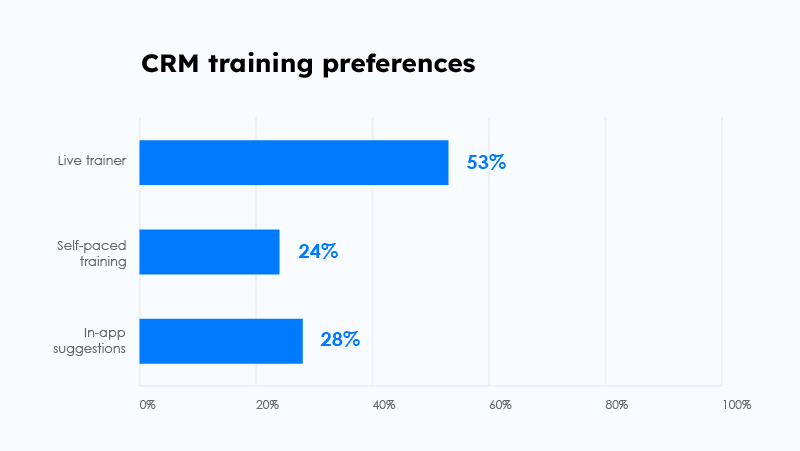
Developing an effective user training program is crucial because weak user adoption is a key reason CRMs fail. Training should be an ongoing process, with regular webinars and refreshers to keep teams updated with system changes.
A well-rounded training program should include demos, documentation, and guides. Offering training in multiple formats, such as group sessions and self-paced online courses, ensures that all team members have access to the type of training that works best for them. Interactive elements like role-playing scenarios and quizzes can further enhance learning retention and engagement.
Providing a centralized knowledge base or help center can aid in continuous learning. Onboarding sessions for new hires should also include comprehensive CRM training to ensure they are well-equipped to use the system effectively from day one.
Assigning a point person to monitor CRM performance and instruct staff members on tool usage can further enhance the training process.
By investing in thorough CRM training, businesses can ensure successful user adoption and fully leverage the capabilities of their CRM system.
7. Utilize Analytics and Reporting
Utilizing CRM analytics and reporting tools is pivotal for revealing trends, gauging performance, and fine-tuning processes based on actionable insights gleaned from customer data.
CRM analytics can be divided into the following types, each providing unique insights into customer behavior and performance:
- Descriptive analytics
- Diagnostic analytics
- Predictive analytics
- Prescriptive analytics
Descriptive analytics provide an overview of current and past customer interactions, while diagnostic analytics help identify the reasons behind specific trends. Predictive analytics use historical data to forecast future trends, and prescriptive analytics offer recommendations for optimizing processes.
By utilizing these different types of analytics, businesses can make informed decisions and improve their strategies.
Real-time metrics and customizable reports are valuable tools for monitoring performance and identifying areas for improvement. CRM platforms like HubSpot offer built-in analytics tools to track sales, marketing, and customer service metrics, providing detailed insights into various aspects of business operations.
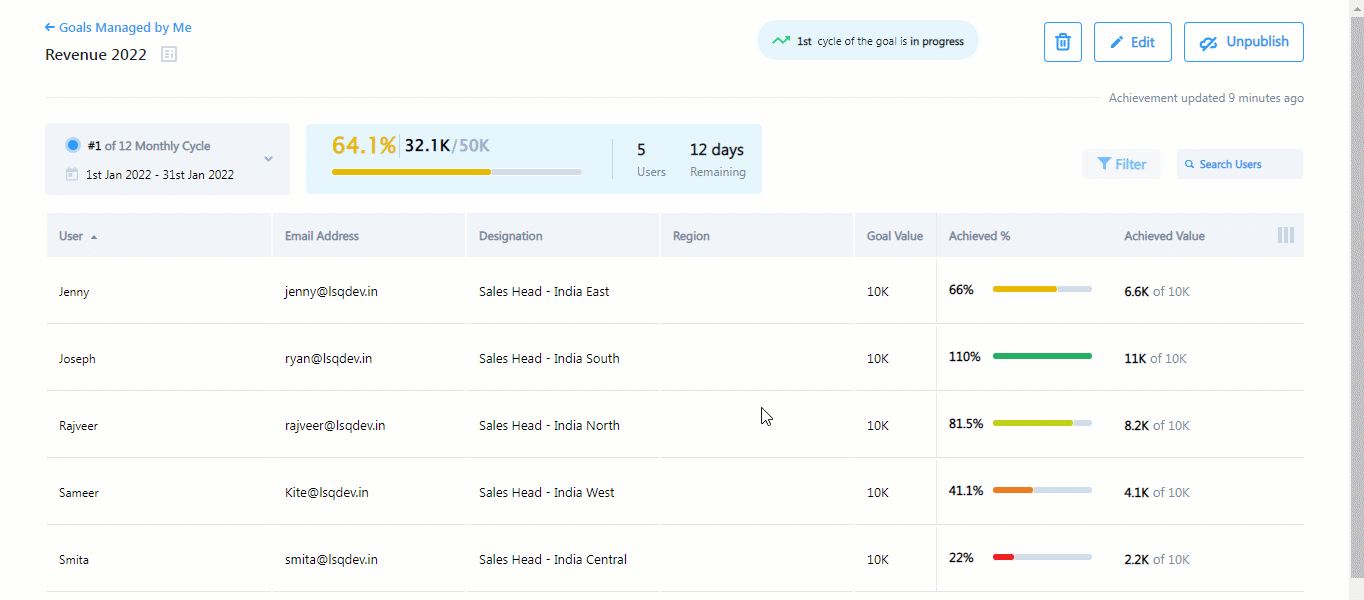
Effective CRM reporting answers questions about:
- Performance against targets
- Data trends
- Strategy strengths and weaknesses
- Next steps
By leveraging analytics and reporting tools, businesses can continuously optimize their CRM processes and drive better outcomes.
8. Work on Customer Experience
Elevating the customer experience is a fundamental objective of any CRM strategy. Using CRM data and automation features, businesses can deliver personalized, proactive, and consistent customer interactions, fostering loyalty and driving long-term customer value.
Personalization
Personalized interactions and proactive problem-solving can significantly impact customer retention, making CRM an invaluable tool in this regard.
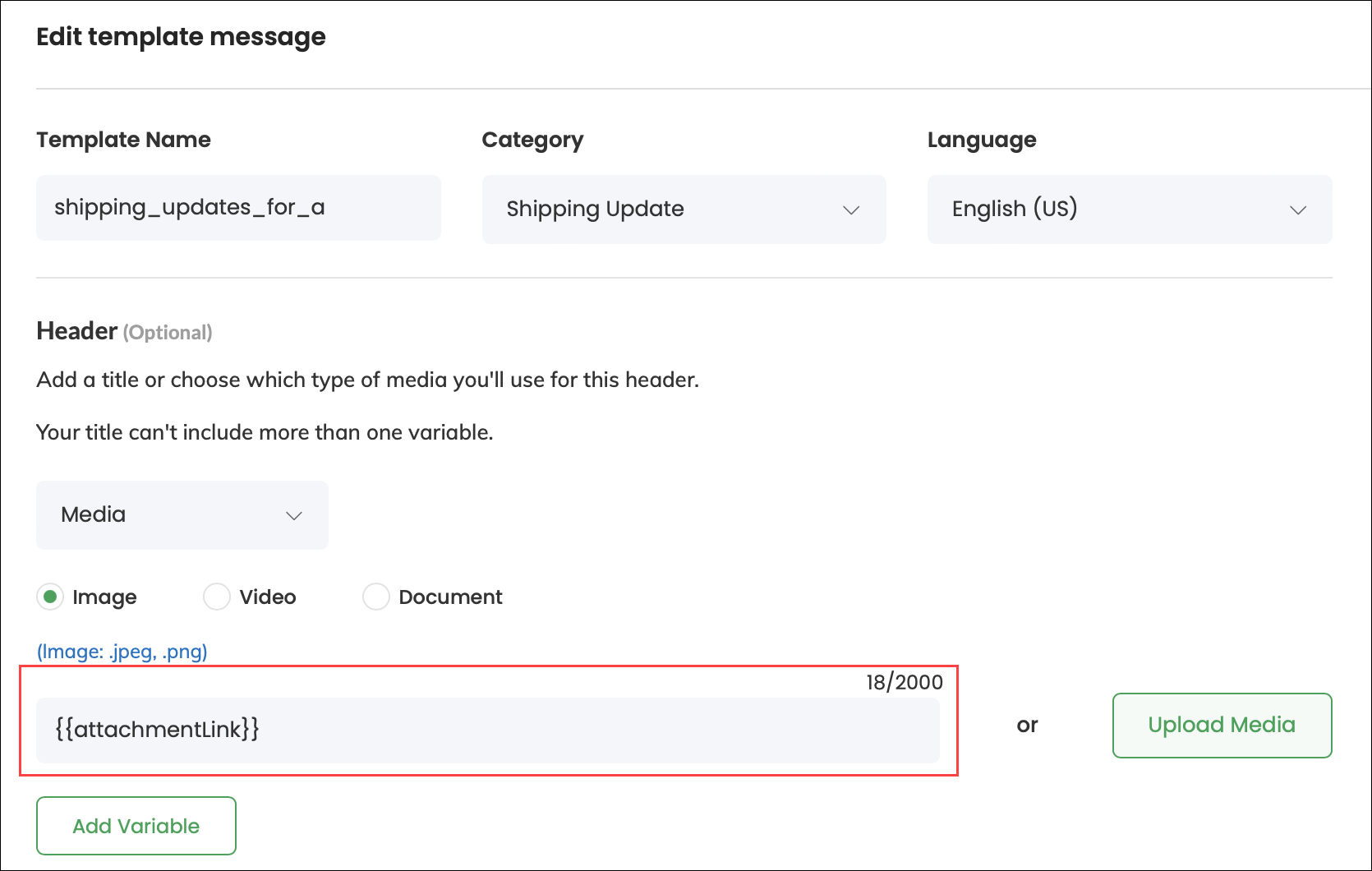
Automated onboarding
Automated onboarding workflows can guide customers through initial setup, product training, and best practices, reducing churn and increasing customer satisfaction.
Service and support
Customer service teams can benefit from automated meeting scheduling and follow-up reminders, ensuring timely and efficient customer interactions, further enhancing the customer experience.
CRM can also:
- Send automated renewal reminders
- Recommend upsell or cross-sell offers based on customer purchase history
- Ensure recurring revenue and increased order value
- Continuously develop a view of high-value customers
- Improve retention and turn customers into brand evangelists.
Delivering exceptional customer experiences at every stage of the customer journey can transform contacts into clients for life. By leveraging CRM to humanize customer interactions, businesses can build strong customer relationships and foster long-term loyalty.
9. Foster Interdepartmental Collaboration
Dissolving departmental silos and fostering effective communication and teamwork across different departments are key to establishing a cohesive customer-centric approach.
Collaborate
A collaborative CRM system can facilitate this process by providing a centralized platform for sharing customer data and insights. This includes departments such as:
- Sales
- Marketing
- Customer support
- Product development
Promote customer-centric culture
Promoting a customer-centric culture involves:
- Shared values and goals that prioritize customer needs across all departments
- Incentivizing employees for cross-department collaboration to motivate them to work together more effectively and improve the overall customer experience
- Hosting cross-functional events and workshops to encourage interdepartmental collaboration and foster a sense of camaraderie and mutual understanding.
Standardize processes
Standardized processes for customer-related tasks can help streamline workflows across departments, ensuring consistency and efficiency. Some ways to achieve this include:
- Creating standardized templates for customer communications
- Implementing a centralized customer database
- Establishing clear guidelines for customer interactions
Regular meetings between marketing and sales teams can improve the feedback loop and enhance collaboration in the sales process.
By leveraging CRM tools and practices, businesses can promote effective communication and teamwork, ultimately enhancing the customer experience.
10. Regularly Review and Update Your CRM Strategy
Periodically reviewing and updating your CRM strategy is vital to adapt to changing customer expectations, emerging technologies, and market shifts. Continuous assessment and refinement ensure that your CRM system remains effective and relevant in a dynamic business environment.
Audit CRM regularly
Regular audits and updates of your CRM system can address data gaps, processing inefficiencies, and potential data corruption. This proactive approach helps maintain data integrity and ensures that your CRM processes are always optimized for the best results.
Stay informed
Staying updated with the latest CRM trends and technologies can provide valuable insights into new features and functionalities that can enhance your CRM strategy. By incorporating these innovations, businesses can stay ahead of the competition and deliver superior customer experiences.
Ultimately, a dynamic and adaptable CRM strategy is essential for long-term success. By continuously reviewing and updating your CRM approach, businesses can ensure that they meet the changing needs of their customers and the market.
Summary
In conclusion, optimizing your CRM practices is essential for driving business growth and enhancing customer satisfaction.
By defining clear CRM goals, selecting the right software, and customizing it to meet your specific needs, you lay a strong foundation for success. Implementing effective data management practices ensures data integrity and informed decision-making, while automating repetitive tasks boosts efficiency and reduces errors.
Thorough training programs and leveraging analytics and reporting tools further enhance your CRM strategy. Prioritizing customer experience and fostering interdepartmental collaboration create a unified, customer-centric approach.
Finally, regularly reviewing and updating your CRM strategy ensures that it remains effective and relevant in a constantly evolving market. Embrace these best practices to transform your CRM efforts and achieve long-term success.
Frequently Asked Questions
Setting clear CRM goals is important because it provides direction and ensures that all CRM efforts align with broader business objectives. Specific, measurable goals help enhance customer satisfaction, streamline processes, and drive sales growth.
Consider the features, costs, scalability, deployment options, and your business needs when selecting CRM software. Prioritize essential features and take advantage of free trials to make an informed decision.
Customizing your CRM system can benefit your business by aligning it with your specific requirements, enhancing operational efficiency, and preventing data silos. Continuous customization ensures that the system evolves alongside your business.
CRM automation offers benefits such as streamlined processes, reduced human errors, and increased profitability by automating repetitive tasks like data entry, lead scoring, and sales forecasting, freeing up time for more strategic activities.
It’s important to regularly review and update your CRM strategy to accommodate evolving customer expectations, technologies, and market changes, ensuring that your CRM system remains effective and relevant to help you stay competitive in the business landscape.









